Night VFR online course – how we present common illusions during night flight
The Night Visual Flight Rules course is designed for pilots to prepare them for flying at night. Theoretical knowledge covers flight rules and requirements, human factors, meteorology, and abnormal situations at night.
Evionica’s N-VFR online course is presented through interactive slides and animations explaining the night flight techniques, planning, and navigation at night. Our aviation experts prepared two versions of distance learning – m-learning (mobile) and e-learning (desktop) to showcase content in a clear and user-friendly way.
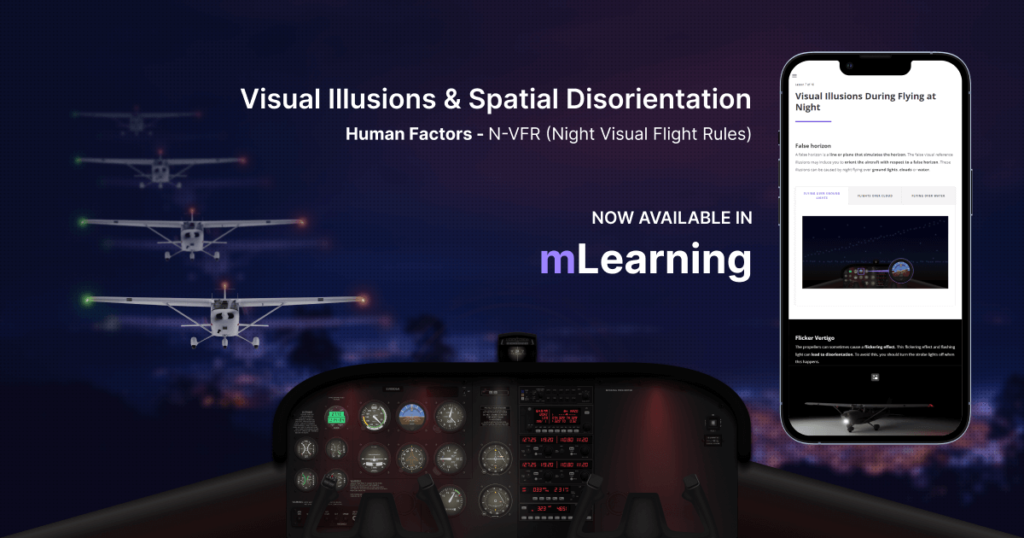
Sign up for a free m-learning N-VFR course version!
Visit N-VFR product page, click the banner “Free m-Learning for Night VFR Limited Offer” and fill out the form. We will send you free access to the course for 30 days.
We would like to focus on human factors and visual illusions that occur during night flights and present our approach to these subjects.
Common illusions during night flights
One of the most common illusions has to do with relative movement. In well-lit conditions, any relative movement of an object against its background is usually easy to notice. During a night flight, there is no background that can be used as a visual reference, and the ability to determine the distance to an aircraft in sight is greatly reduced. Due to this effect, aircraft and other objects might be a lot closer or further away than expected, which can limit the time you have to react to prevent a collision. Here is a snippet of our N-VFR Human Factors course showing this concept visually:
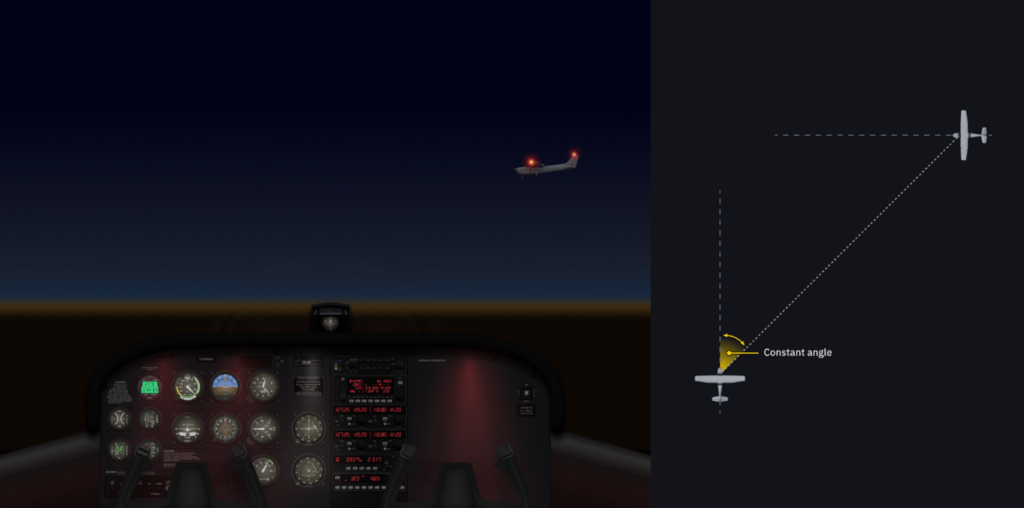
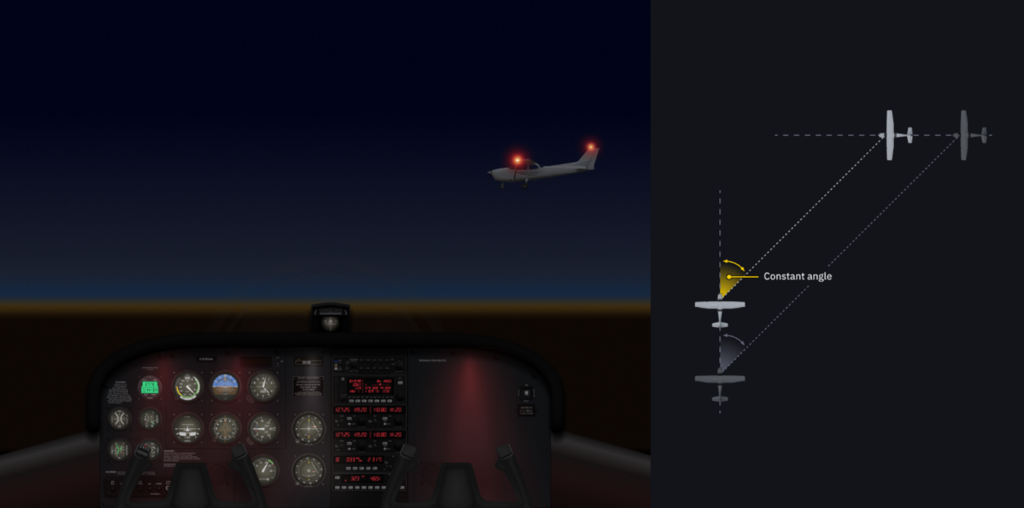
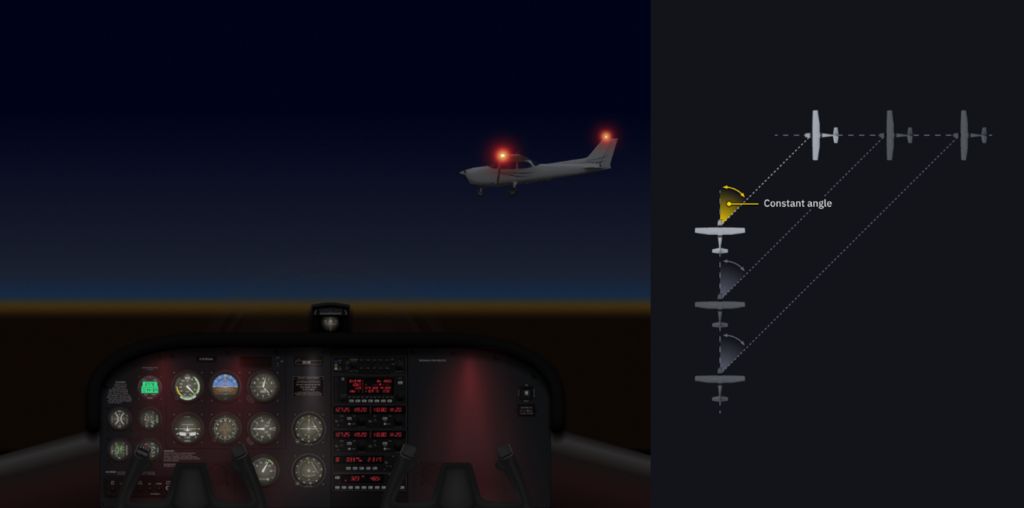
Night VFR – how to cope with spatial disorientation?
Another phenomenon that often occurs during night flying is spatial disorientation. This causes the pilot to perceive their position or orientation incorrectly, which can be very difficult to consciously overcome. While there are many vestibular illusions (sense-type illusions), let’s focus on a common one called the leans. This term usually refers to a situation where a balanced turn has been sustained for long enough that the body feels a sensation of level flight. Consider the situation where a pilot has been in a turn long enough to forget that he rolled to the right to enter the turn will create the sensation of being in a left bank. The pilot is leaning to the right in an attempt to assume what he thinks is a vertical posture.
Here is a visual example of spatial disorientation:
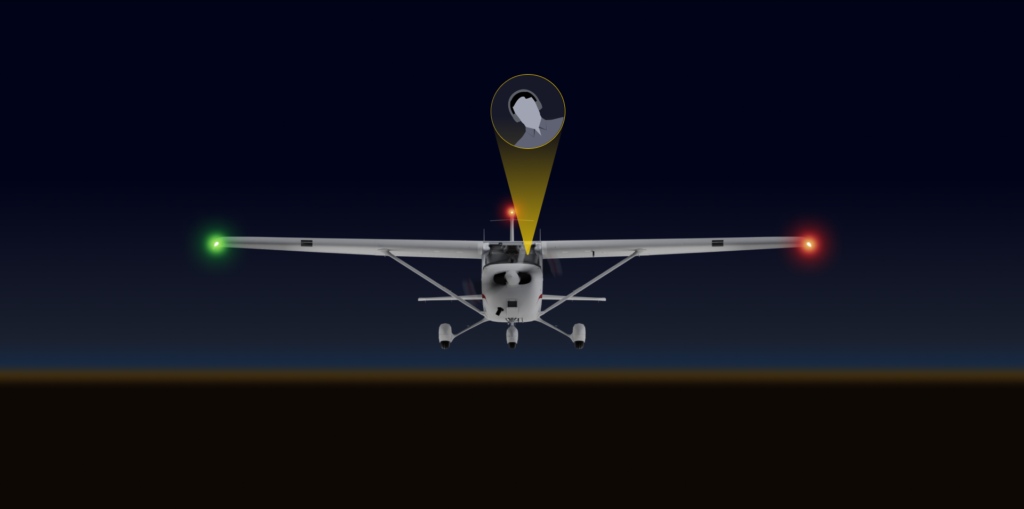
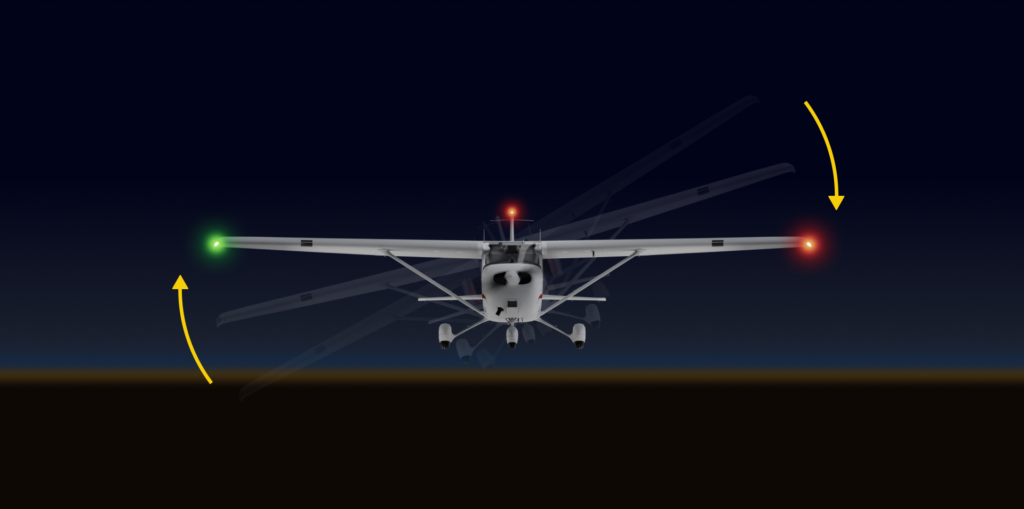
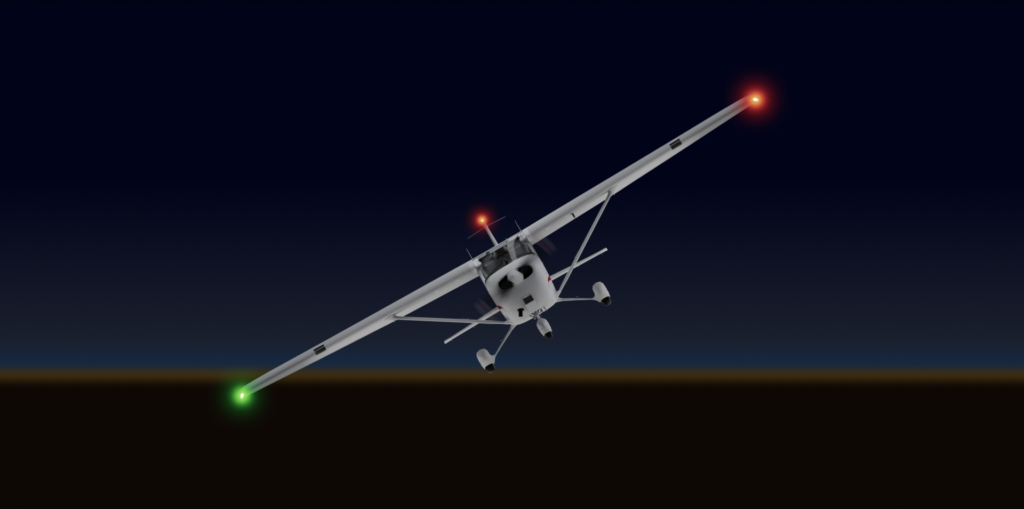
N-VFR distance learning ensures the highest standard of self-learning
Our N-VFR distance learning ensures the highest standard of self-learning based on students’ individual needs and pace. The course is available on advanced LMS Platform tracking progress, with gamification and test elements. We aim to deliver a software solution to improve customers’ experience and increase their engagement and results. Evionica implements a digital approach and supports customers to transform into the next generation era of flight training. Our mission is to bring unique value to future pilots’ training.
Get the best Flight School's Training Package Now
Create your package
